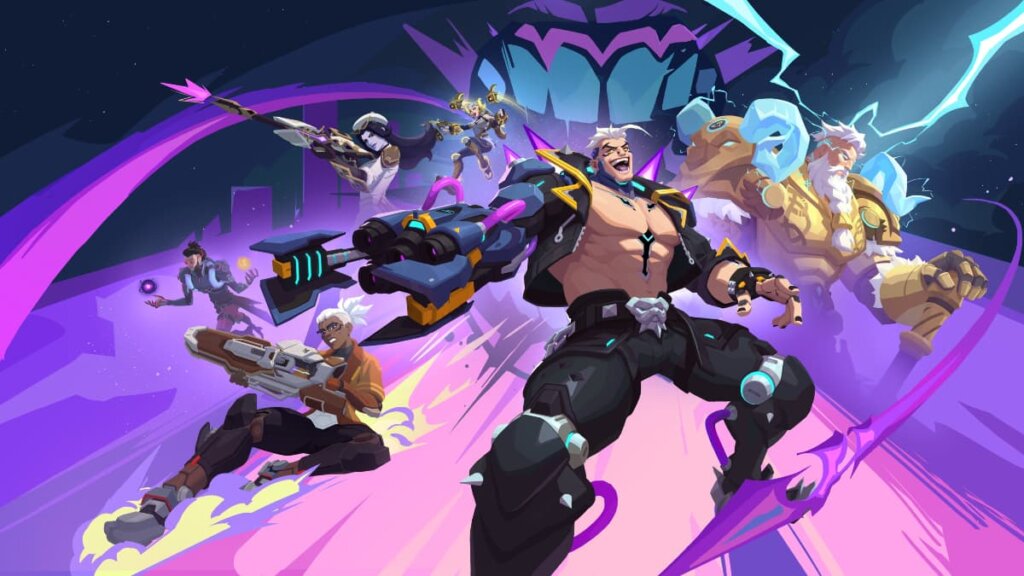
Perfect Balance: Casual vs. Competitive Overwatch in 2019
Overwatch’s meteoric rise since its release in 2016 has led to massive booms and busts in fan interaction since its release. For what it’s worth, the mobilization of players to quickly establish local competitive scenes was trailblazing to say the least. But in the long term, the lack of casual streamers and high level solo queue streamers has been alarming for the health of its endemic viewers.
Going forward, Overwatch as a scene needs to decide what form of the game will rule on its streaming platforms. Will the Overwatch League coverage drown out all the noise, or will the appetite for casual streamers and solo queue phenoms come back into the fold? And what can Blizzard in the process to find a happy medium for all viewers?
Pro play or casual?
For many viewers of the Overwatch League, the fans tuning in on a weekly basis are mostly there in admiration of the high caliber play you get to witness on a weekly basis. In the process, you may learn a thing or two about your favorite hero, and you might even get the itch to try a new ult combination you saw Surefour and Bischu pull off in their latest match.

© Blizzard Entertainment
One way or another, the ‘hook’ of elite tier Overwatch competition has captivated the audience over the course of Overwatch League’s first season, but has their lion’s share of views from the fanbase killed the overall Twitch following for Overwatch altogether?
One case for non competitive Overwatch streams proves this point in the case of Betar. Betar was the most viewed Overwatch individual streamer in 2017, but his success started to waver when his schedule conflicted with the Overwatch League. After a few months of suffering, Betar switched from Overwatch to Fortnite and tapped into a brand new audience that saw his numbers skyrocket again, at the cost of losing his presence in the Overwatch scene.
The raw statistics overall get even murkier for OWL as a net positive for the scene. Since January 2017, Overwatch has been watched 190M hours overall by their fans, and only 6.7M of those hours are from non personality specific streamers, and a large chunk of those views are only coming from a handful of channels.
Can Blizzard help the cause?
These statistics make it clear that the route to become a popular streaming when choosing Overwatch as your medium can be extremely difficult on Twitch. The chances for success are cut down if you’re not ingratiated into the scene via profesional play or some other popular form of content.
With these patterns starting to emerge, and OWL gearing up for a second season of bigger action, higher stakes and more prize money, can casual streamers still carve out a piece of the Overwatch pie? The answers are still up in the air, but for now, streaming on days featuring the Overwatch League might not be the smartest business decision for your long term success as a streamer.
Going further, Blizzard have a serious role to play in the health of their scene and the overall balance of professional play and its casual audience. Overwatch has made massive strides to make their professional league a forefront of the game, but in that process they’ve abandoned important esports culture that is necessary for long term interest into a full season of competition.

© Blizzard Entertainment
League of Legends, although it took several years to complete, has found a healthy medium of streamer importance and pro play interest and pro players contributing to streaming has helped that cause immensely. As more pros retire and make room for that next generation of mechanical greats, they can retire into a place of luxury and hopefully use their professional acumen as a means for developing a fanbase.
Seagull is a perfect example of the kind of pro player turned streamer that is making the scene take a hard look at itself. By pointing out the gaping chasm being built right now between the popular streamers and the underground scene of the league, there’s no parity between their visibility on their shared platform. The amount of pro play regularly being featured around the clock makes it difficult for the ‘little guys’ to get exposure and with that, the bottleneck for quality Overwatch content becomes severely restricted.











